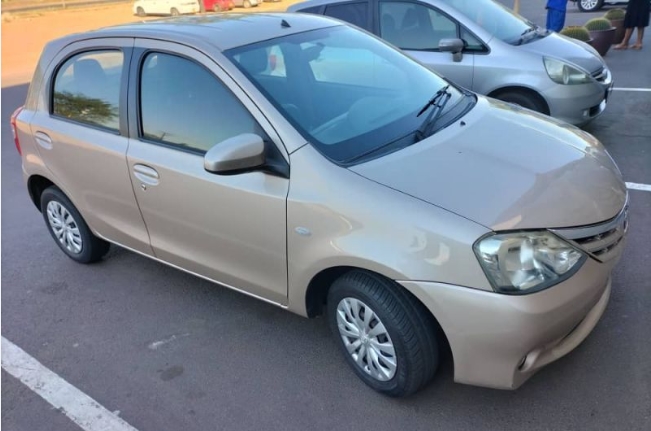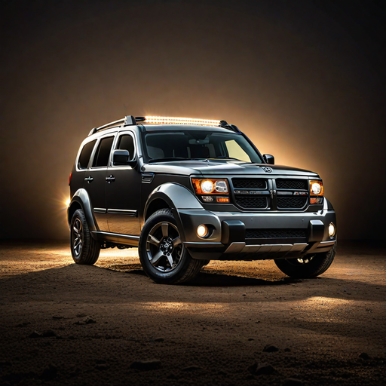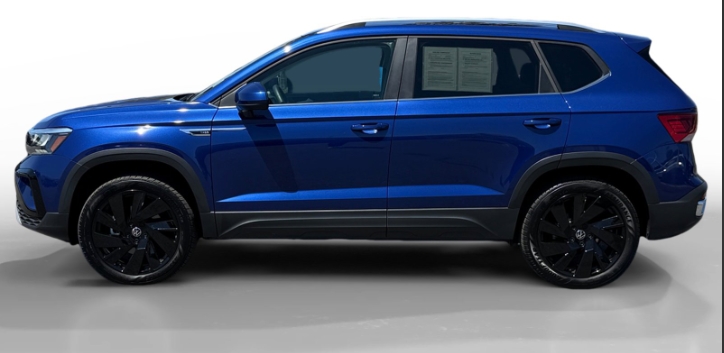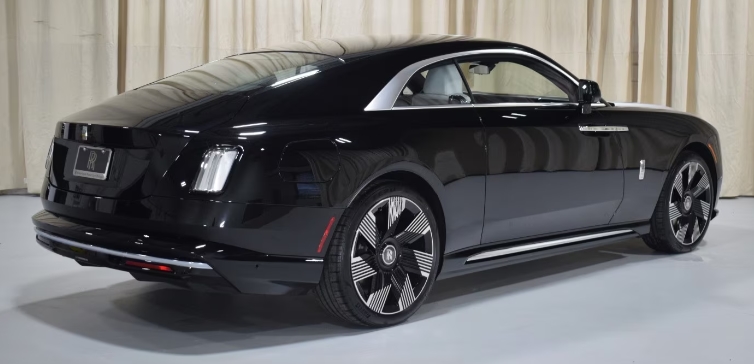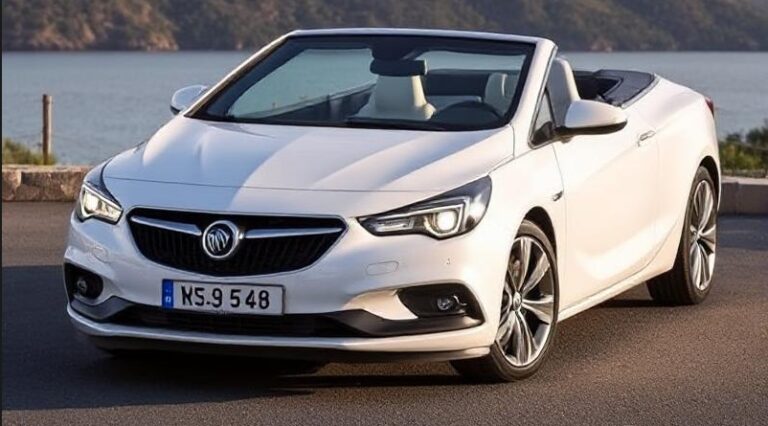The Unsung Workhorse: Charting the Evolution of the Toyota Etios
In the annals of automotive history, some cars are celebrated for their speed, others for their luxury, and many for their groundbreaking design. The Toyota Etios, however, carved its legacy not on the racetrack or the concours lawn, but on the demanding, unpredictable roads of the world’s emerging economies. It was a car born from a simple yet monumental brief: to deliver Toyota’s legendary Quality, Durability, and Reliability (QDR) in an affordable, practical package for a new generation of car buyers. From its conception as the “Entry Family Car” to its eventual sunset, the Etios was a masterclass in purpose-built engineering, and its evolution tells a fascinating story of adaptation, customer feedback, and unwavering focus on core principles.
The Genesis: Project EFC (2006-2010)
The story of the Etios begins in the mid-2000s when Toyota, a global automotive titan, identified a critical gap in its portfolio. While it dominated markets in North America, Europe, and Japan, it lacked a dedicated, low-cost vehicle to compete in burgeoning markets like India and Brazil. The challenge was immense: to create a car that was inexpensive to buy and run without sacrificing the non-negotiable Toyota promise of reliability.
This task fell to Chief Engineer Yoshinori Noritake, who embarked on an exhaustive research mission. He and his team travelled over 200,000 kilometers across India, observing how people used their cars, the conditions they drove in, and what they valued most. They concluded that priorities were not flashy gadgets or soft-touch plastics, but cavernous boot space, a powerful air conditioning system to combat tropical heat, ample ground clearance, and an engine that was both frugal and robust.
The result of this research was the Etios concept, first showcased at the 2010 Auto Expo in New Delhi. The name “Etios” was derived from the Greek word “Ethos,” meaning spirit, character, and ideas. The car was engineered with several clever cost-saving measures that would become its signature traits: a single, large windscreen wiper that cleared a wider area, a centrally-mounted instrument cluster that was cheaper to produce for both left-hand and right-hand drive markets, and a relatively simple, unadorned interior. These were not oversights, but deliberate choices aimed at channeling the budget toward what mattered most: the engineering beneath the skin.
The Launch and First Generation (2010-2014)
India: The Primary Proving Ground
The production Toyota Etios sedan was launched in India in December 2010, followed by its hatchback sibling, the Etios Liva, in June 2011. This two-pronged approach was strategic, targeting both family buyers with the sedan and younger, urban customers with the hatchback.
Models:
Toyota Etios (Sedan): Launched with a potent 1.5-litre petrol engine (2NR-FE) producing 90 PS.
Toyota Etios Liva (Hatchback): Launched with a smaller 1.2-litre petrol engine (3NR-FE) producing 80 PS, specifically designed to fall under a lower tax bracket in India for cars with sub-1.2L engines.
In 2012, recognizing the immense demand for diesel in India, Toyota introduced the highly-regarded 1.4-litre D-4D diesel engine for both the sedan and the Liva, producing a modest but incredibly efficient 68 PS. All engines were initially paired with a 5-speed manual transmission.
Initial Trim Levels in India:
J (Base): The absolute entry-point, it was spartan, often lacking even power steering and air conditioning in the earliest models.
G (Mid): The volume-seller, adding essentials like AC, power steering, and body-coloured bumpers. A ‘G Safety’ variant later added dual front airbags and ABS.
V (High): Introduced more comfort features like power windows, a basic audio system with CD/AUX, and fog lamps.
VX (Top-end): The fully-loaded variant, featuring alloy wheels, steering-mounted audio controls, and chrome accents.
The initial reception was mixed. Critics and enthusiasts pointed out the visible cost-cutting, the plain dashboard, and higher-than-average levels of Noise, Vibration, and Harshness (NVH). However, customers lauded its class-leading cabin space, enormous 595-litre boot (in the sedan), peppy petrol engine, and the undeniable peace of mind that came with the Toyota badge.
Global Expansion and Constant Refinement (2012-2016)
The Etios platform was always intended for global markets. In September 2012, it was launched in Brazil, and shortly after, in South Africa. These markets received slightly different versions tailored to local tastes. The Brazilian Etios, for instance, featured a more refined interior from the outset, including a different steering wheel and a more modern-looking (though still central) digital instrument cluster. It was offered with 1.3-litre and 1.5-litre flex-fuel engines.
Introduction of the Etios Cross (2013-2014):
Capitalizing on the growing global trend for rugged, crossover-style vehicles, Toyota launched the Etios Cross in 2013 in Brazil and 2014 in India. This was an aesthetic package built on the Liva hatchback. It featured:
Bold, black plastic body cladding around the wheel arches and doors.
A rugged-looking front grille and bumper with a silver skid plate.
Roof rails.
Unique alloy wheels.
Mechanically, it was identical to the Liva and was offered with the same petrol and diesel engines. The Etios Cross was a clever way to inject some personality and visual appeal into the practical Etios line-up, targeting customers who wanted a more adventurous look.
Throughout this period, Toyota made incremental improvements in response to customer feedback. In a 2013 update, NVH levels were improved with better insulation, seat fabric quality was enhanced, and features like a driver’s seat height adjuster were added to more variants. The “built-to-a-cost” feel was slowly but surely being polished.
The Major Overhaul: The Platinum Etios (2016-2020)
The most significant update in the Etios’s lifecycle came in late 2016. Dubbed the “Platinum Etios” in India, this comprehensive facelift addressed many of the car’s long-standing criticisms and significantly boosted its safety credentials.
Key Changes:
Safety First: The single most important update was making safety features standard across the entire range. From the base model up, every Etios and Etios Liva now came equipped with dual front airbags, Anti-lock Braking System (ABS), and Electronic Brakeforce Distribution (EBD). This was a landmark move in the Indian budget segment at the time and earned the Etios a 4-star Global NCAP safety rating, cementing its reputation as a safe and reliable family car.
Exterior Redesign: The front end was completely redesigned with a new, sleeker “V-shaped” grille and a much more aggressive and sporty front bumper. The rear also received a reprofiled bumper and subtle chrome accents, giving the car a more premium and contemporary look.
Interior Enhancements: The cabin received a major refresh. The old-fashioned instrument cluster was replaced with a new digital tachometer and analog speedometer, similar to the one used in Brazil. The seats were made more comfortable with better bolstering, and a rear center armrest was added. The top-end models also featured electrically foldable outside-rear-view mirrors.
Post-2016 Trim Levels in India:
The trim structure was revised to reflect the new feature distribution:
GX (India) / Xi (South Africa): The new base variant, now well-equipped with standard safety features.
V (India) / Xs (South Africa): The mid-range variant, adding features like a 2-DIN audio system.
VX (India) / Sprint (South Africa): The top-end petrol variant with all the bells and whistles.
VXD (India): The top-end diesel variant.
In markets like Brazil, the evolution continued with the introduction of a 4-speed automatic transmission, a feature highly demanded by urban consumers but one that never made its way to India.
.
THIS is GOOD stuff if your car is in need:

.
The Sunset and Enduring Legacy (2020 onwards)
Despite its strengths, the Etios platform was beginning to show its age by the end of the decade. Stricter emission norms and evolving customer preferences for feature-rich, connected cars presented significant challenges.
The end of the road for the Etios in India came in April 2020. The implementation of the stringent Bharat Stage 6 (BS6) emission standards would have required a costly upgrade to its engines, particularly the venerable 1.4-litre diesel. Toyota decided it was not economically viable to re-engineer the aging platform and instead chose to discontinue the entire Etios range in India. Production also ceased in Brazil in 2021 as Toyota focused on newer models like the Yaris and Corolla Cross.
Though no longer in production in its primary markets, the legacy of the Toyota Etios is indelible. It was never the most desirable car on the block, but its phenomenal success in the fleet and taxi market stands as the ultimate testament to its core purpose. The sight of a high-mileage Etios, still running reliably after hundreds of thousands of kilometers, is a common one in cities across India and Brazil.
The Etios was a car that put engineering substance over stylistic flair. It taught Toyota invaluable lessons about building cars for the specific needs of emerging markets, lessons that have influenced subsequent products like the Toyota Yaris and Glanza. For the millions of families who took their first road trip in one, for the countless taxi drivers who earned their livelihood with one, the Toyota Etios was more than just a car. It was a dependable, trustworthy, and unsung workhorse that delivered on its promise, every single day.
